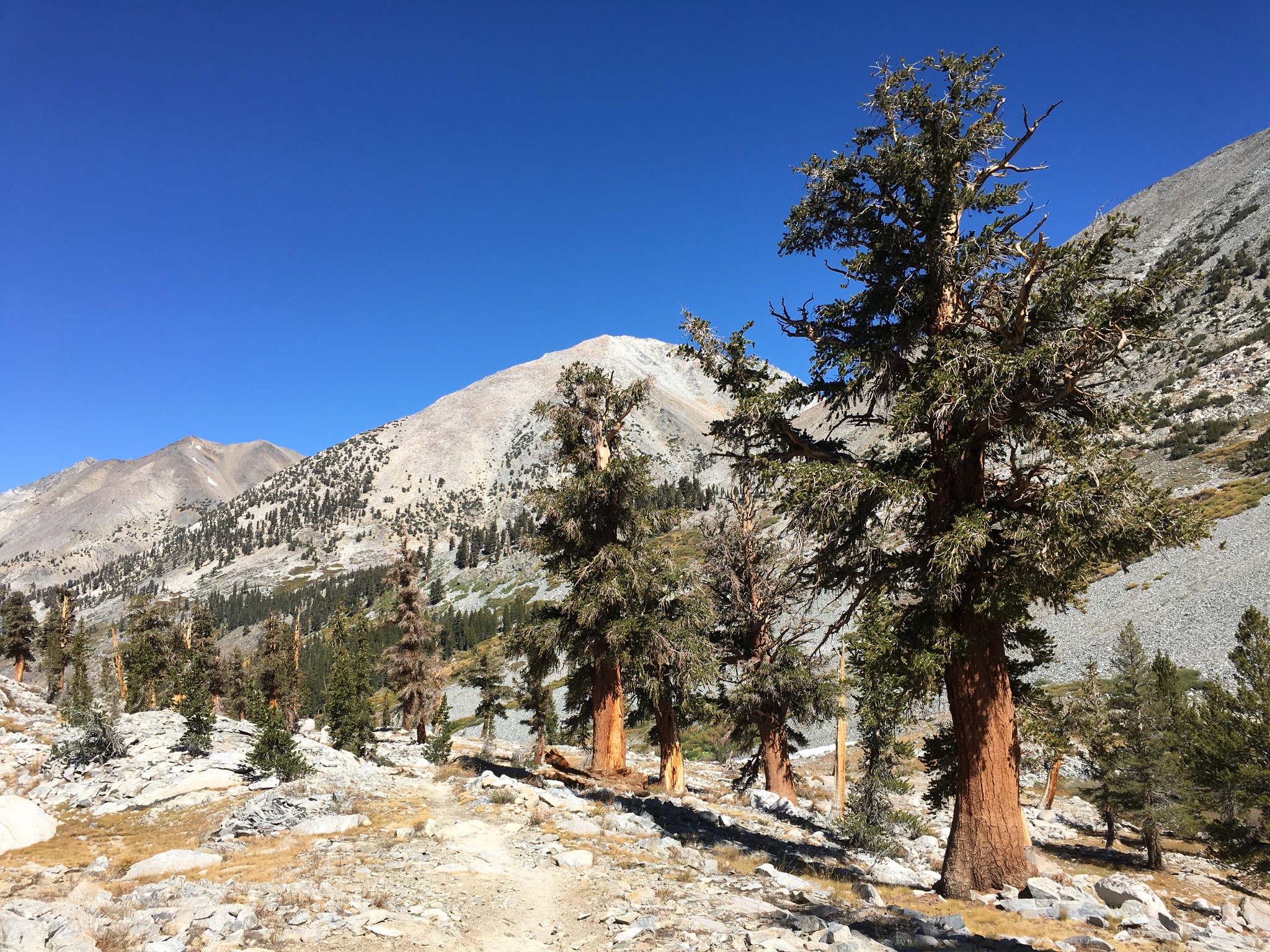
Five-Needle Pines Community Science Project: Summary of 2023 Observations
Photo credit: iNaturalist user leothe
Last year, the “5-Needle Pines Along the Pacific Crest Trail” project was launched as part of a collaborative effort among the Whitebark Pine Ecosystem Foundation, the Pacific Crest Trail Association, and the California Native Plant Society. This community science project engages Pacific Crest Trail (PCT) hikers in documenting five-needle pines — whitebark pine, sugar pine, limber pine, western white pine, and foxtail pine — using the iNaturalist app to raise awareness about tree health and distribution. With the 2024 hiking season fast approaching, we mapped out last year’s observations to take a closer look at what PCT hikers saw in 2023.
 In 2023, a total of 179 hikers recorded 485 observations. Among the top contributors were Marta Laskowski, leading with 82 observations, followed by Michael & Julia Wrangler with 22, and Colin Barrows with 16. The most common species that were observed on the trail were whitebark pine (176 observations), western white pine (135 observations), and sugar pine (93 observations).
In 2023, a total of 179 hikers recorded 485 observations. Among the top contributors were Marta Laskowski, leading with 82 observations, followed by Michael & Julia Wrangler with 22, and Colin Barrows with 16. The most common species that were observed on the trail were whitebark pine (176 observations), western white pine (135 observations), and sugar pine (93 observations).
Across the three states, we found that most observations were made in California with 384 observations in total. In Oregon there were 57 observations, and in Washington, 44. When categorized by species, California’s observations covered all five-needle pine species with the highest proportion of observations for whitebark pine (114) and western white pine (97). In Oregon, observations were noted for sugar pine (1), western white pine (31), and whitebark pine (25). Washington had observations just for western white pine (7) and whitebark pine (37). These observation patterns are consistent with the known geographical ranges of these species.


